
I’m glad you’re here!
Take a scroll through recent posts or use the search bar to find what you’re looking for.
Recent Blog Posts
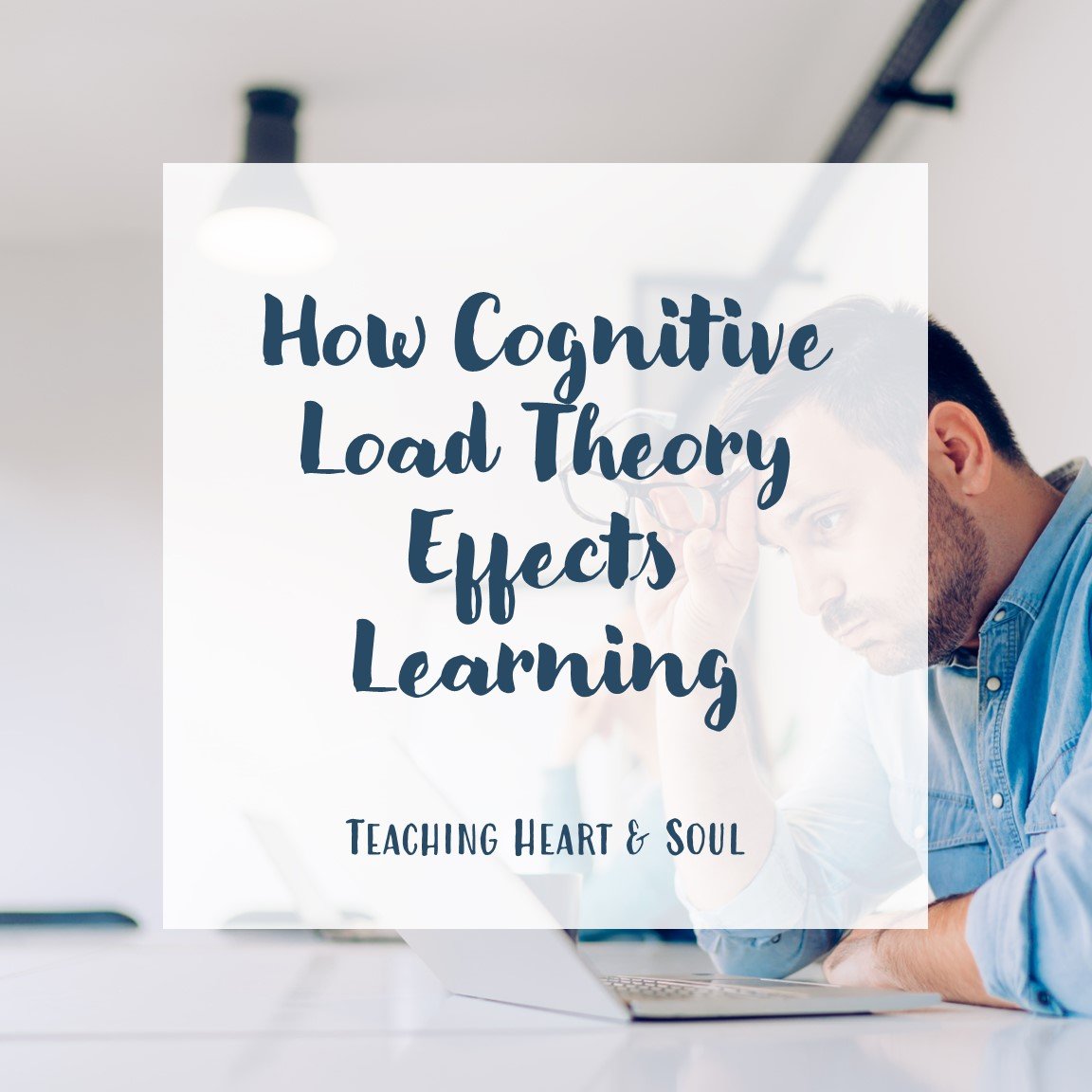
How Cognitive Load Theory Effects Learning
Cognitive load theory provides a framework for understanding how individuals process and retain information.
Instructional designers play a crucial role in optimizing learning experiences by minimizing extraneous load, aiding in managing intrinsic load, and fostering germane load through effective instructional strategies.
By aligning instructional methods with cognitive load principles, educators can enhance learning outcomes and facilitate the transfer of knowledge from working memory to long-term memory, ultimately supporting lasting retention and application of learned concepts.

Using Bloom's Taxonomy in Learning Objectives
Educational objectives according to Bloom's taxonomy describes the cognitive processes and cognitive tasks that show students lower level skills grow into higher order thinking.
The measurable verbs attached to the major categories of the taxonomy of educational objectives help teachers create learning objectives that are specific to the learning outcomes and cognitive skills of each level.

6+1 Writing Traits to Guide the Writing Process and Assess Student Writing
The 6+1 Writing Traits is a widely recognized framework developed by Ruth Culham to guide and assess the quality of writing using seven traits of writing. This comprehensive approach to teaching writing provides a writing model to improve writing skills and assess student writing.
Quality writing doesn't have to be difficult to achieve. Using the six traits writing model helps students produce good writing because they learn the new skills included in the six traits of writing, which help their readers understand their message.
Students' written work will soar as students learn to use their own voice to organize their writing around ideas, good word choice, mechanical correctness, and other traits of writing.
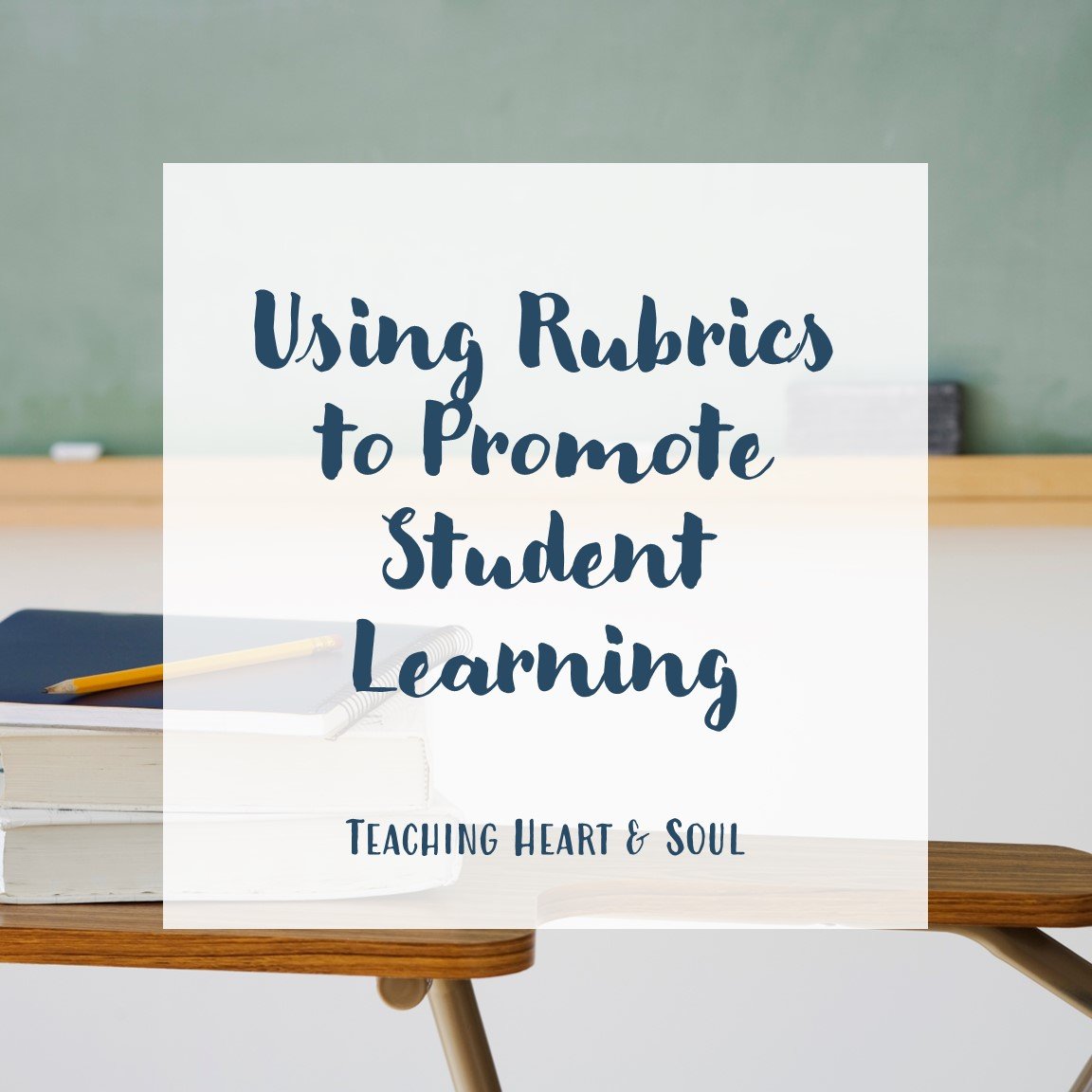
Using Grading Rubrics to Promote Student Learning
Rubrics are essential assessment tools that define grading criteria and provide clarity on expectations for students. They encourage student ownership of learning, promote objective and consistent grading, and save time for instructors. Rubrics offer clear and transparent grading processes, motivate students, and provide detailed feedback for improvement. Analytical rubrics break down assignments into components for comprehensive evaluation, while holistic rubrics provide an overall assessment.
Rubrics are beneficial for essay writing, project-based learning, and assessing tasks in social studies and science education. When using rubrics, it's important to align them with learning objectives, provide informative feedback, and include specific criteria. Individualized feedback on rubrics promotes student learning and improvement. Effective use of rubrics involves selecting appropriate ones, providing timely feedback, and evaluating their effectiveness. Rubrics empower students and support their success by clarifying expectations and promoting continuous growth.
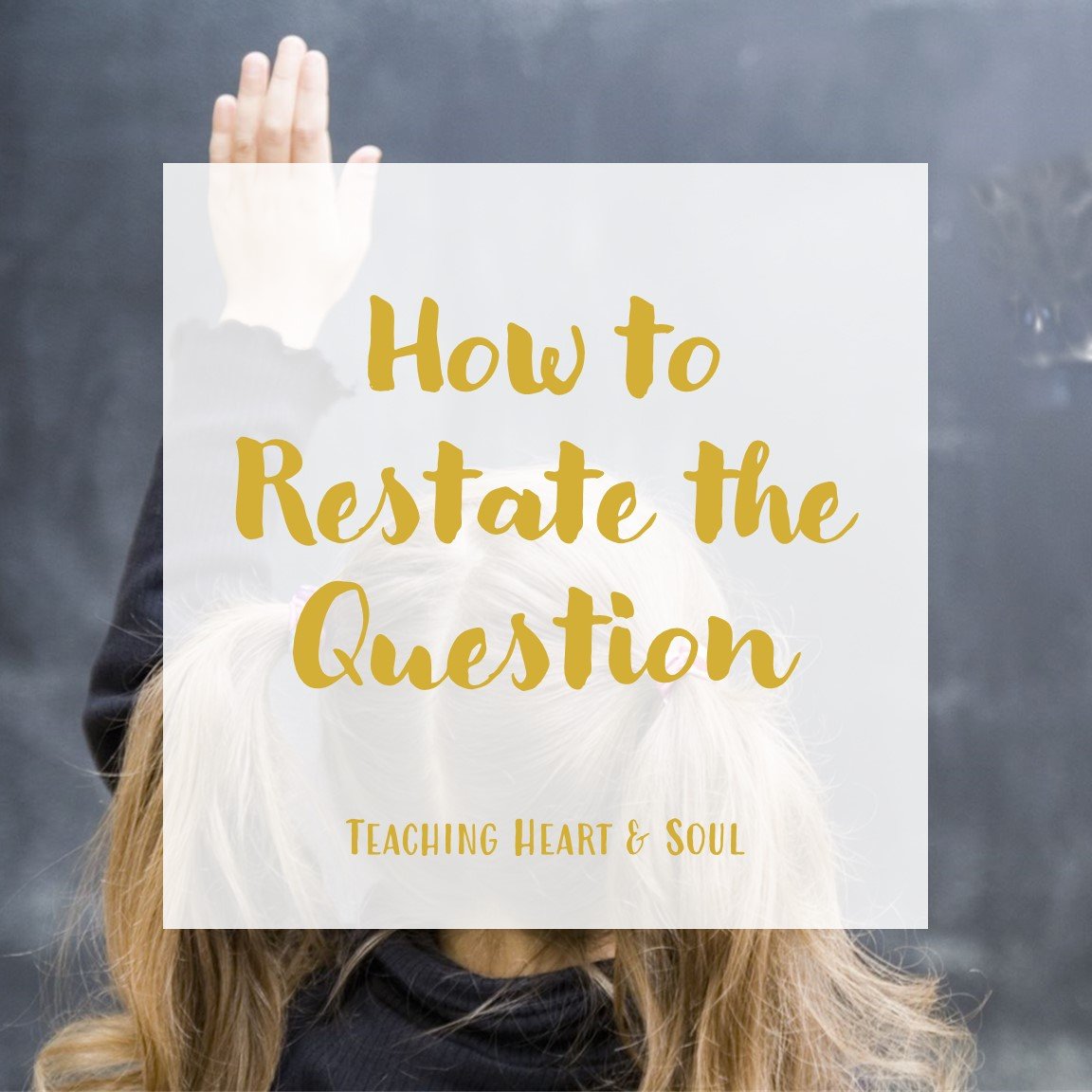
How to Practice Restating the Question
Restating the question is an important skill that students should learn. It involves rephrasing the question in one's own words to fully understand what is being asked and answer it using complete sentences. This is particularly important for constructed response tasks as it acts as test prep for state testing.
In this blog post, we will discuss effective strategies for explicitly teaching students how to practice restating the question. We will cover some steps, such as removing question words, reordering remaining words to form complete sentences, and avoiding pronouns, among others. We will also suggest using a sentence stem and color-coding words from the question to make it easier for students to understand and answer.
Teaching students how to restate the question explicitly can make it easier for them to understand and answer the questions, thus improving their writing skills.

Teaching Students the RACE Writing Strategy
Teaching students the RACE writing strategy can greatly improve their writing skills. RACE stands for Restate, Answer, Cite, Explain and can be used for short-answer or paragraph responses. Teachers can use the I Do, We Do, You Do method to directly teach this skill and provide examples of what a RACE response looks like.
To use the RACE strategy effectively, teachers should create constructed response questions that refer to a text and require students to cite evidence. Anchor charts with brief descriptions of each step and sentence starters can help students organize the skill in their minds. Students should practice the RACE response strategy with a variety of reading materials and understand key vocabulary such as constructed response question, evidence, and quote.
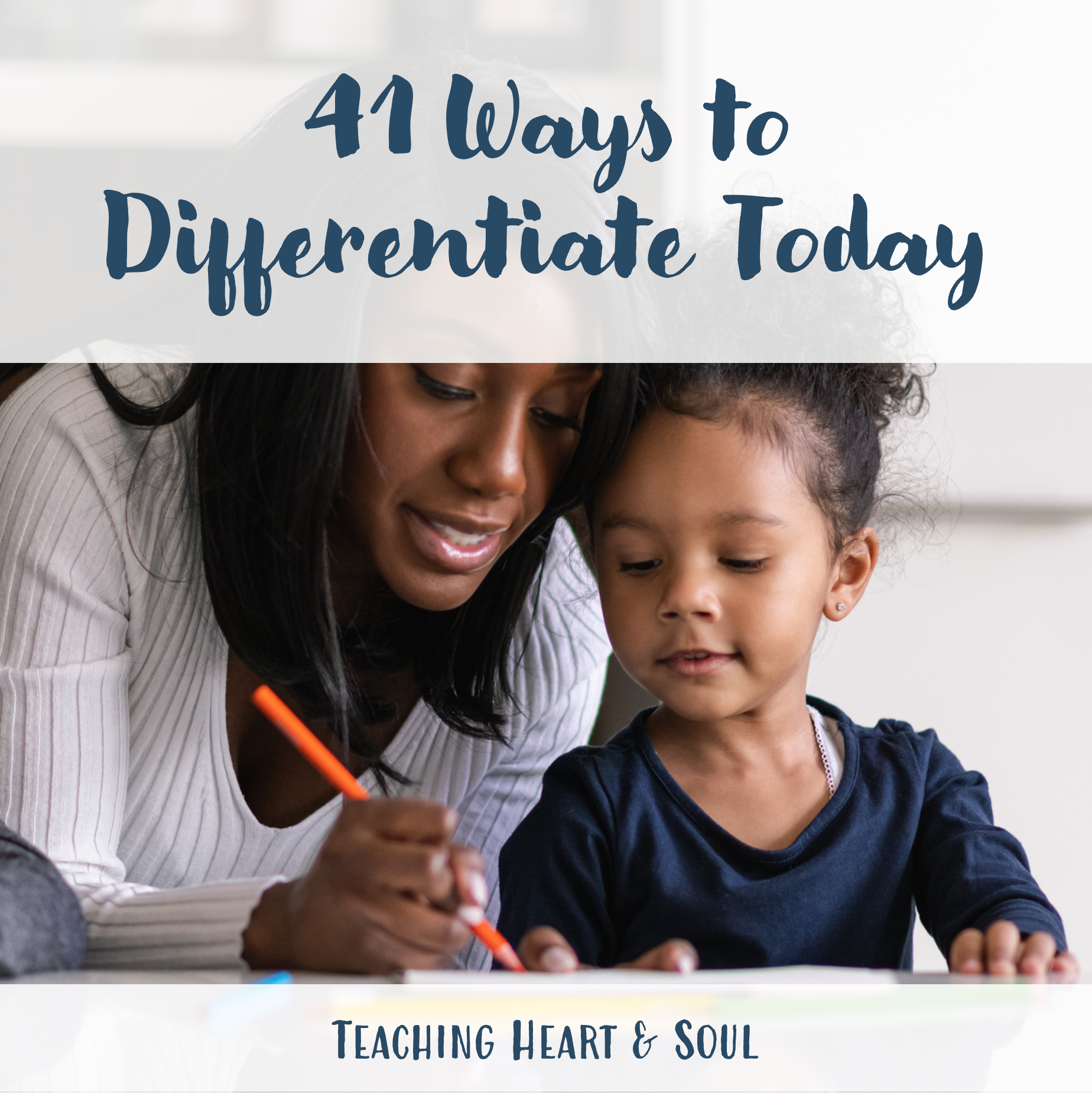
Differentiated Instruction Strategies: 41 Ways to Differentiate
Differentiated instruction is such a vital aspect of teaching, but it can be hard without a game plan. That’s why I’ve compiled a list of 41 ways to differentiate instruction. These strategies are categorized by content, process, product, and learning environment and are a great way to meet the needs of individual learners.
With 41 different ways to tailor instruction to meet the diverse needs of your students, you're sure to find something that works for you and your classroom.
Don't settle for a one-size-fits-all approach to teaching. Discover the power of differentiated instruction and transform your classroom into a place where every student can thrive!

Ways to Hook Students into a Lesson: 21 Examples
Learn about 21 engaging lesson hooks to make your lesson unforgettable!
A lesson hook in elementary school is an engaging and interactive activity, question, or prompt that is used at the very beginning of a lesson to capture students' attention and spark interest in the topic. It is a tool that many teachers use to begin a lesson in an engaging way and get kids invested in the learning process by creating a sense of excitement and curiosity about the topic.
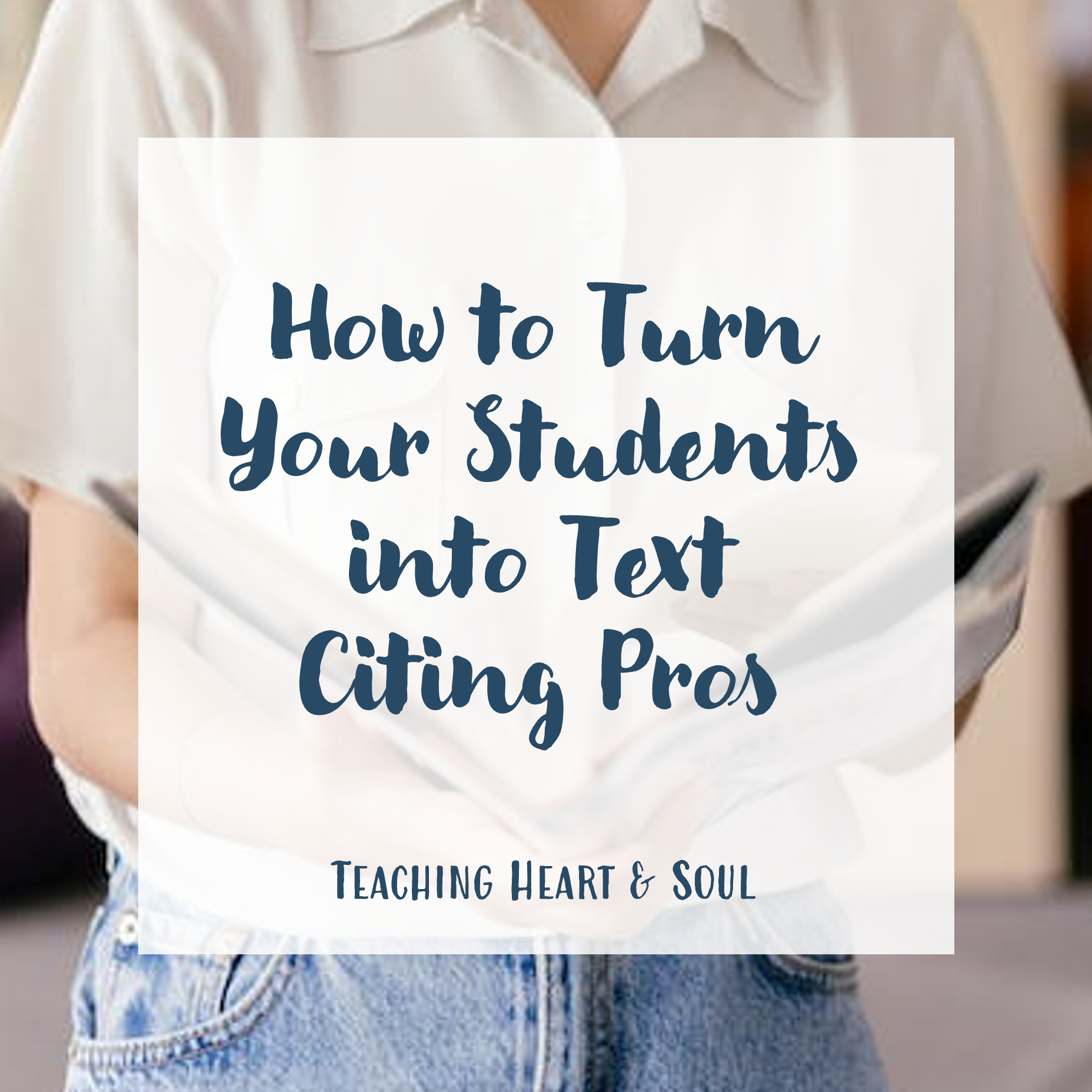
Citing Text Evidence: Teaching Strategies
Citing text evidence is a critical skill for students to master, as it not only improves their writing and reading comprehension, but it also teaches them how to think critically and make arguments based on evidence. As educators, it is our responsibility to teach our students how to properly cite text evidence in order to prepare them for success in their academic careers and personal lives.
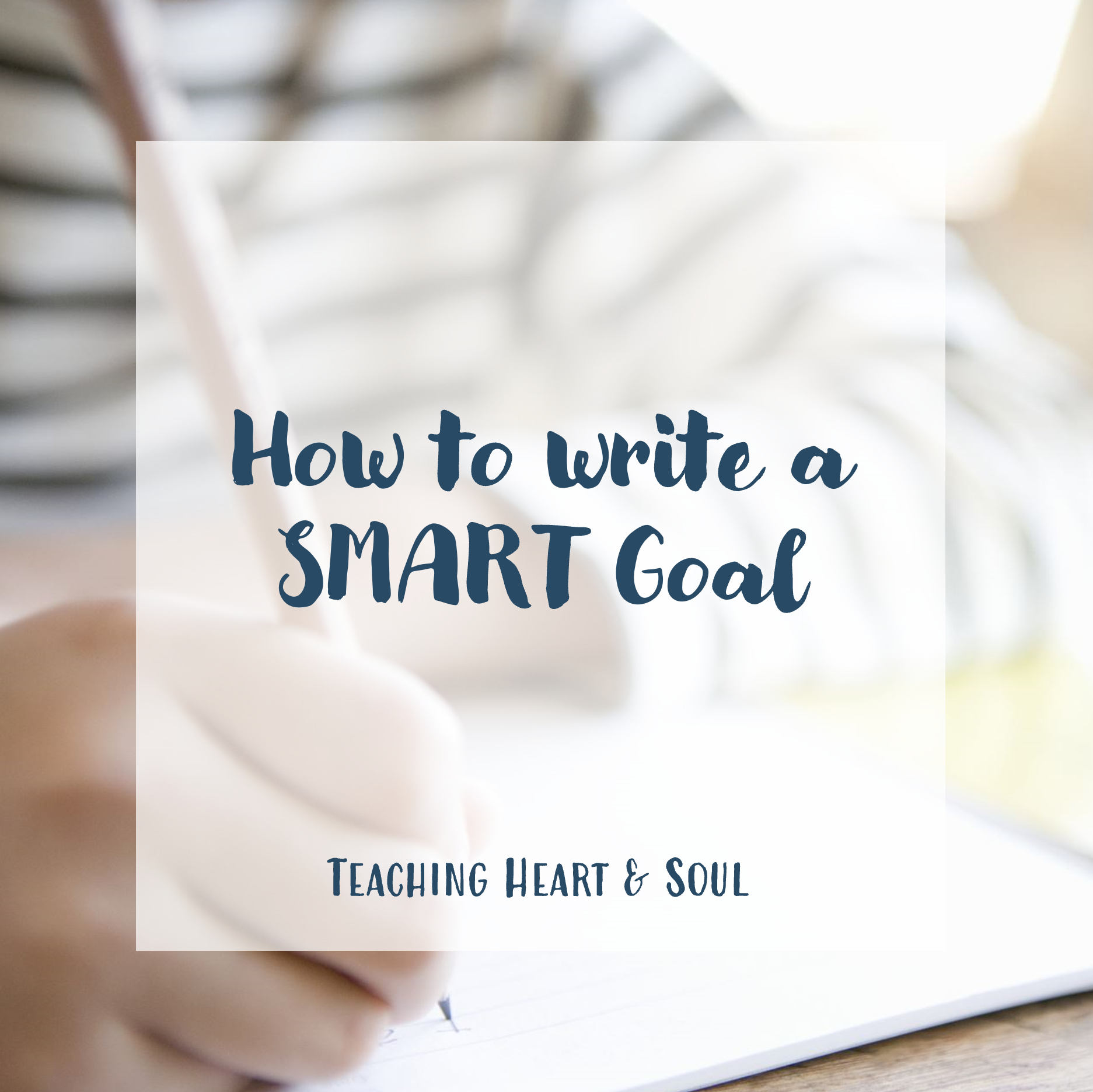
How to Write a SMART Goal
This blog includes teacher SMART goals examples as well as a description of each SMART goal characteristic - specific, measurable, achievable, relevant, time-bound. Read about when to create a SMART goal, how to create a SMART goal for elementary students, and why SMART goals work well!
